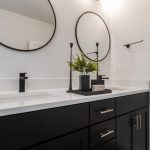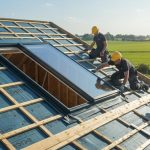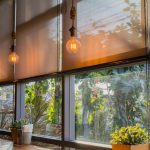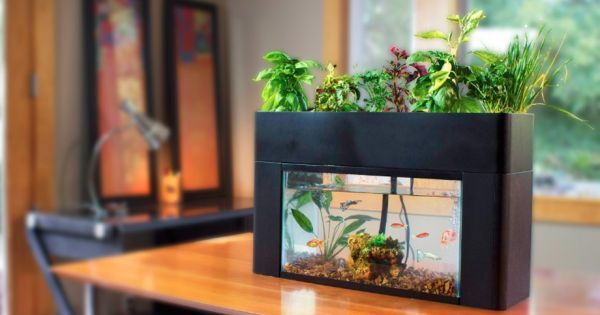
DIY Aquaponics is a very interesting field and it grows more and more. Recently, a way has been discovered to increase the yield of green cultures by as much as 10 times. The new approach is being incorporated into new commercial aquaponics systems as well.There are many advantages of DIY aquaponics over hydroponics. The main difference is the “chemical” taste, which hydroponics often have. Aquaponics do not have that, because they use organic fertilizer, produced by fish. Now let us look at some vital points, which some people miss.
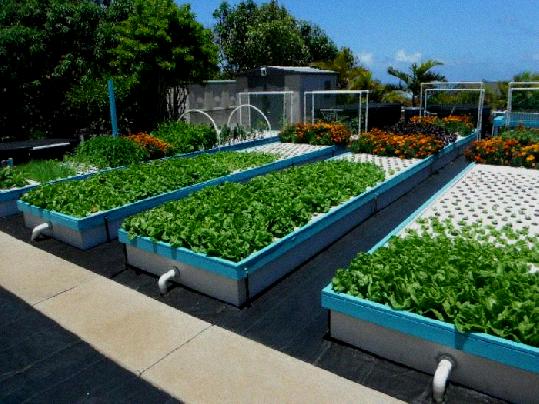
1) Oxygenating the water – this is important and is key to a successful and efficient system. If you lack oxygen, anaerobic bacteria will start developing, and the fish are likely to die.
2) Light – proper lighting is vital. Placing the system outdoors is best, but if that is not possible, artificial fluorescent lighting can be provided.
There are many more ‘tips and trick’ to ensure that your system runs efficiently. Unfortunately, you can rarely get those secrets for free, because aquaponics is becoming more and more a business model of growing organic tomatoes, cabbage, and other green leafy vegetables. The choice of fish for example, can be a determining factor in the efficiency of the system. Combining fish that eat meat, with omnivorous fish is a good strategy, because the carnivorous fish will produce much more nitride-rich fertilizer, but it will also lack some basic elements like calcium and magnesium. Choosing the soil particles is also important. There are many types of pellets which can be effective in this system. Unfortunately, some of the cheaper ones contain additives, which are not suitable for the fish, and further filtration must be done.
If you know the secrets to a successful aquaponics system, you won’t have to deal with the headaches of nutrient deficiency, oxygen deficiency, bacteria, lack of equalization of the cycle, and much more minor problems, which compound over time and lead to a failure of the system. The good thing about aquaponics is that it is easily scalable – you can build it any size you want, without compromising efficiency. Many people choose to build a small and simple indoor system in order to satisfy their interest in aquaponics, and then decide it is time for something bigger and useful. It is up to you to decide what size of a system you want. If done correctly, DIY aquaponics are fun and productive! Commercial aquaculture methods would be impractical for the average Aquaponics DIY enthusiast to use for growing his or her own fresh produce. Luckily, there are plenty of things you can do right in your backyard to grow a decent aquaponics garden. This extremely efficient method has exploded in popularity due to the versatility and simplicity of its system. Moreover, it does not require a huge area to setup the system and get it started.
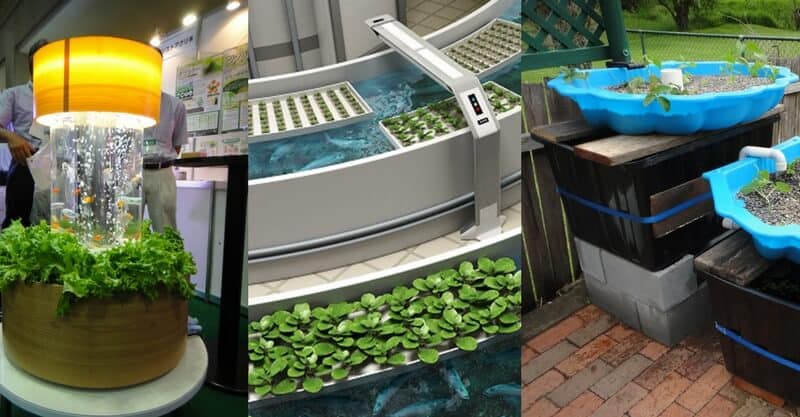
What is Aquaponics?
Aquaponics is a type of gardening method that has been around for almost four decades. This system eliminates the need for huge amounts of space, water, and chemicals. It is a combination of aquaculture, which is fish farming, and hydroponics, which is water-based farming. The system synthesizes the best produce from both methods.
How an Aquaponics DIY System Works?
To briefly describe how it works; the system is comprised of growing beds and fish tanks. Freshwater fish like Tilapia or Trout are placed in the fish tank. The water in the fish tank is then oxygenated using a basic circulation system, which allows the fish to thrive and reproduce.
Fish food pellets or other natural fish food are then used to feed the fish. When the fish starts to consume the food, they will start to produce waste. The waste that comes from the fish and the unused fish food mixes in the water and collects in the tank. These wastes become nutrients and food sources for the plants. The growing beds, which contain the vegetables and fruits, filter the water from the fish tank and return it back to the tank. This cycle is repeated over and over again, keeping the water in the fish tank clean. This keeps the fish in the tank healthy and the plants in the growing bed well-cultivated.
Do-It-Yourself Aquaponics Tips
An Aquaponics DIY system is simple enough to set up at home, may it be indoor or outdoor. There are many ways to build an aquaponics system. However, there are several important aspects and tips that need to be considered when creating this system from scratch.
Decide on what technique to use
Generally, Aquaponics come in three main versions: deep raft technique, nutrient film technique, and media-based technique. Choose the best one that will suit your budget and needs. Traditionally, homeowners used the media-based technique for their backyard. However, if you want to grow crops, either the deep raft technique or the nutrient film technique will work best for you.
Level Your Draining system
The aquaponics system operates using water. Hence, it is important to make sure that the excess water is drained out in a regular basis and that both the fish tank and the grow bed are aligned properly for optimal growth.
Insulate your greenhouse
It is also important to use a well-insulated unit for your aquaponics DIY garden. Some homeowners make use of masonry such as bricks to keep the heat inside the fish tank. The trick is to find a system that allows water to penetrate into the ground.
Use proper aquaponics tanks
To attain a balance level, controlled environment, it is recommended to use fish tanks that are made from polyurethane. The best ratio is to make use of one 700-gallon fish tank for every two growing beds.
Height and width of the growing beds
It is also important to consider the height and width of the growing beds that will be used. Make sure that it is high enough for the plants to get an adequate sunlight and should be at a level that is not too low or too high for your reach. The size of the growing beds mainly affects the growth of the plants.
For beginners, start with small growing beds to keep the initial mistakes minimal. This enables you to decide which Aquaponics setup will work best for you. Once you are comfortable with the system, you can always expand its size.
Overall, an Aquaponics DIY system is not as difficult to make as you might think. Setting it up is a no brainer. However, you have to do it correctly to make sure that it is cost-efficient. Otherwise, you will end up spending more time, effort, and cost to maintain an incorrect system.







